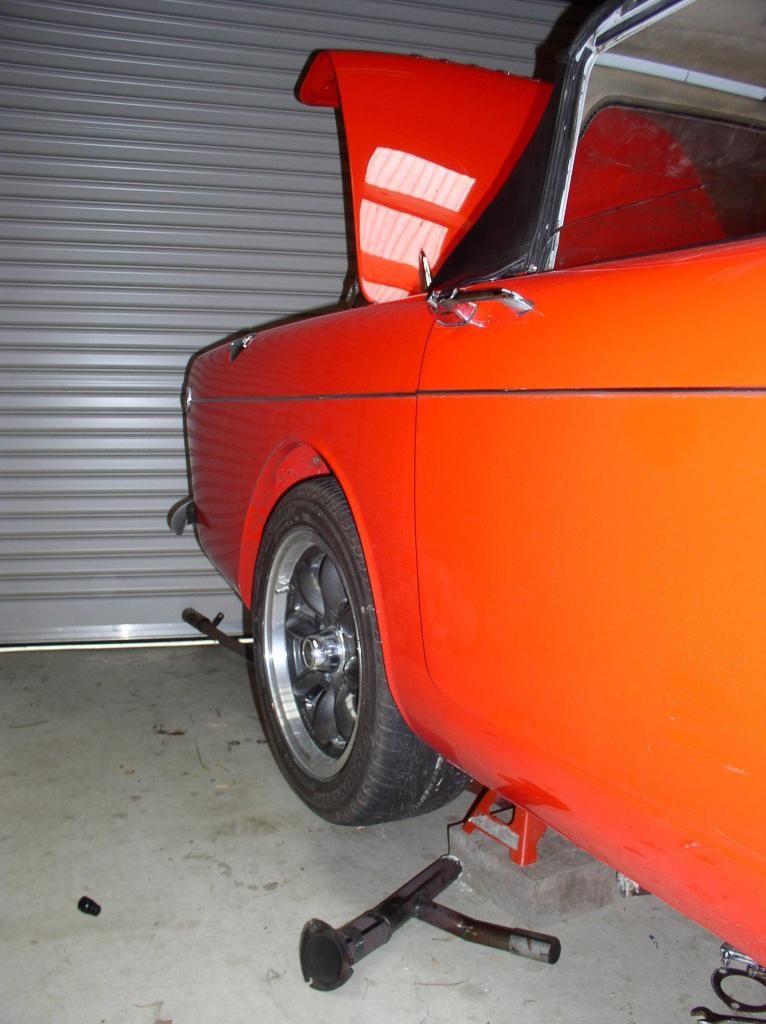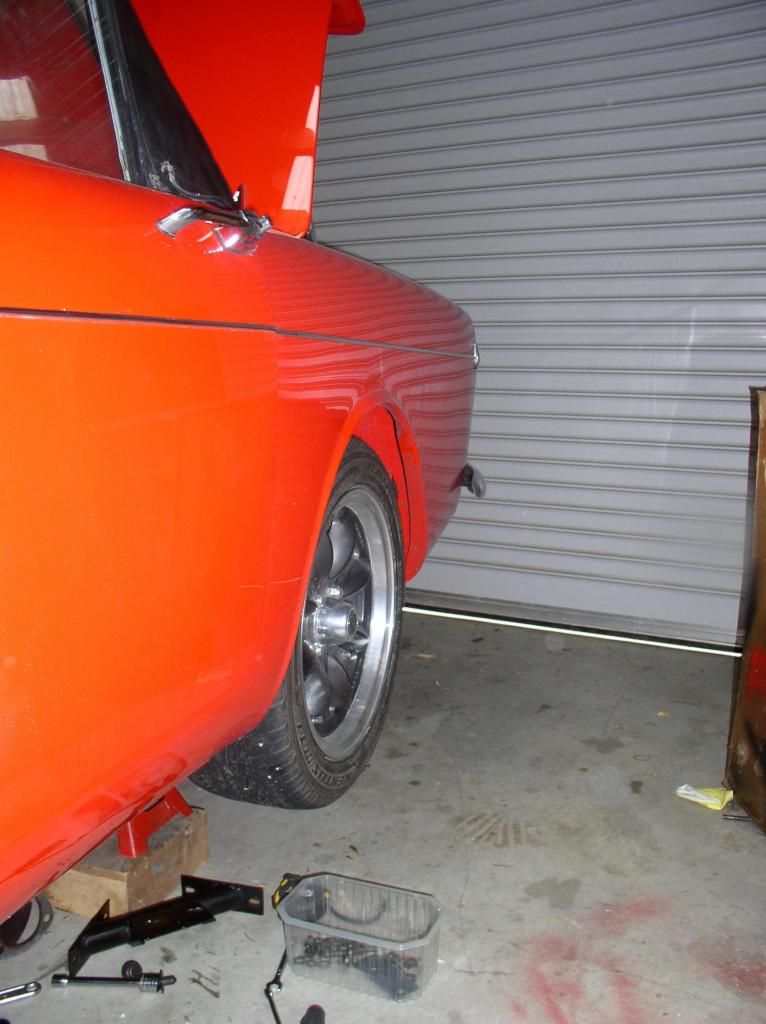Tiger tamer
Gold forum user
- Messages
- 318
Has anyone used or would trust the safety of a wheel spacer to widen the rear track and fill in the rear wheel arch. I am not talking the cheap multi fit spacers like these
http://www.trademe.co.nz/motors/car-parts-accessories/wheels-tyres/other/auction-614054280.htm
but ones like these with the hub-centric ring http://www.trademe.co.nz/motors/car-parts-accessories/wheels-tyres/other/auction-614054280.htm
They say they can custom make them so some made to the same 108mm to 108mm would be needed.
Wheel spaced out 15mm

The other side with no spacer

http://www.trademe.co.nz/motors/car-parts-accessories/wheels-tyres/other/auction-614054280.htm
but ones like these with the hub-centric ring http://www.trademe.co.nz/motors/car-parts-accessories/wheels-tyres/other/auction-614054280.htm
They say they can custom make them so some made to the same 108mm to 108mm would be needed.
Wheel spaced out 15mm

The other side with no spacer

